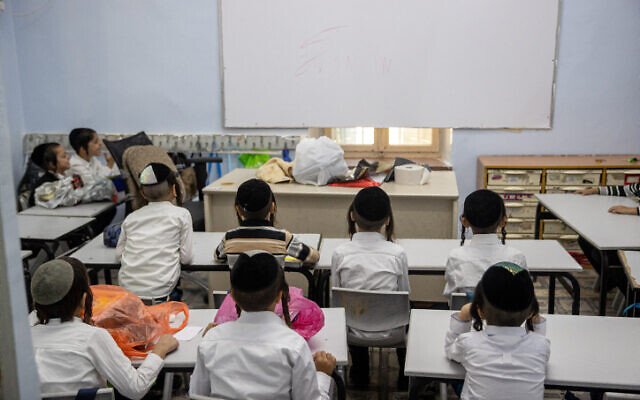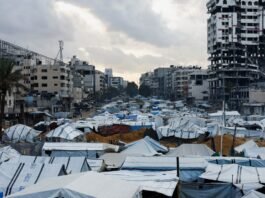
|
Getting your Trinity Audio player ready...
|
An annual statistical report released on Monday said that there are 1.28 million ultra-Orthodox people in Israel, which is 13.5% of the country’s total population of 9.45 million. The Central Bureau of Statistics showed that the ultra-Orthodox population is growing at the fastest rate of any group in Israel, which is 4%. This means that by the end of the decade, they will make up 16% of the total population.
Over 40% of those 1.28 million people live in two cities outside of Tel Aviv: Jerusalem and Bnei Brak.In addition to the 7% who call Beit Shemesh home, the vast majority of Israel’s ultra-Orthodox population resides in places like Modiin Illit, Beitar Illit, Elad, and in tiny enclaves of larger cities like Ashdod, Petah Tikva, Haifa, Rehovot, and Netanya.
The analysis, which was put together by the Israel Democracy Institute, shows that Israel’s ultra-Orthodox, or Haredi, population is poor, growing quickly, has very little formal secular education, and has a strong sense of community and giving.
The data showed that the rate of poverty among the ultra-Orthodox is twice as high as among the rest of the population. Almost half of the ultra-Orthodox live below the poverty line.
IDI says that even though Haredim are far behind other Israelis in using the internet, they are doing so more and more because of the coronavirus pandemic.
“The upheaval caused by the pandemic, which led to a huge rise in the number of ultra-Orthodox people using the internet, hasn’t changed, and two-thirds of Haredim now use the internet regularly. Lee Cahaner and Gilead Malach, who edited the report, said, “We see a rise in the number of women who work, and incomplete data for 2022 shows that the number of men who work will rise as well.”
The IDI study found that in 2019, the last year for which data was available, 44 percent of Haredi Israelis were living in poverty, while only 22 percent of the population as a whole was living in poverty. This is a small improvement from years past, when the Haredi poverty rate was higher. In 2005, the Haredi rate of poverty was 58%, while the overall rate was 21%.


